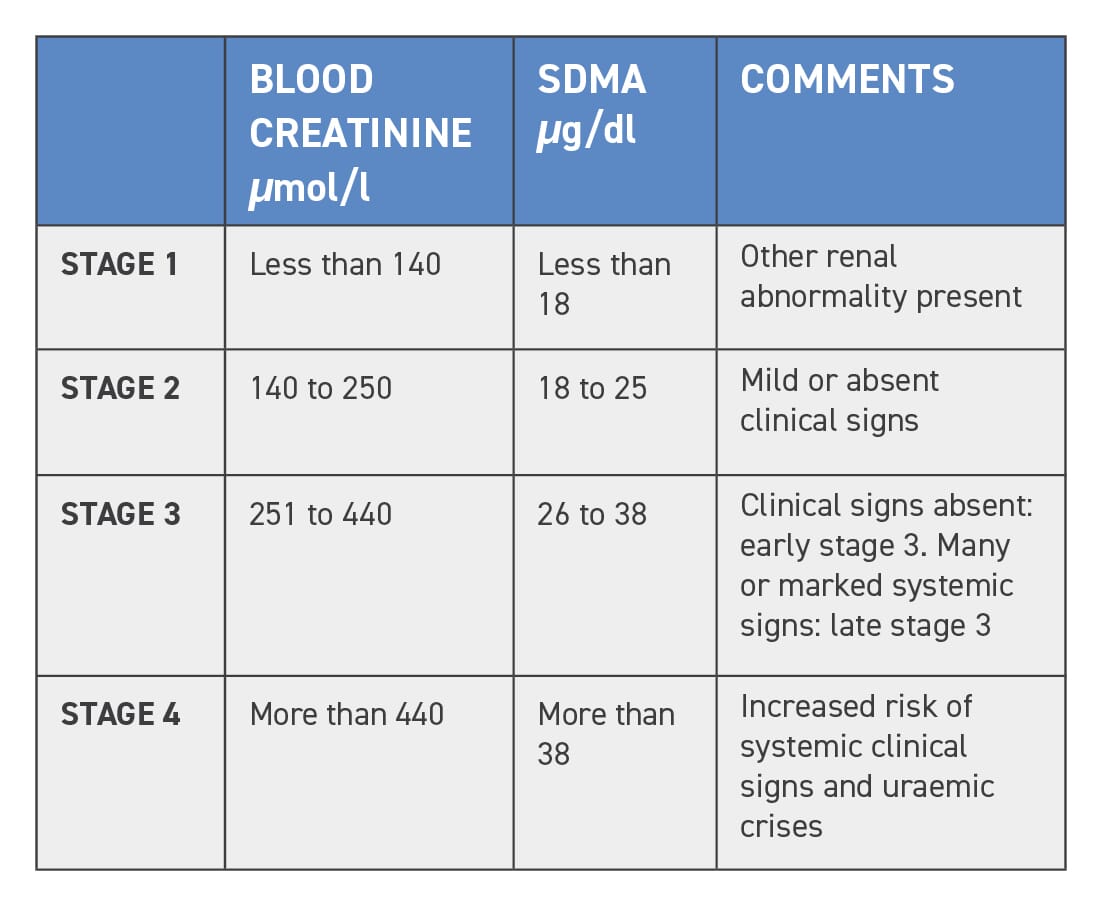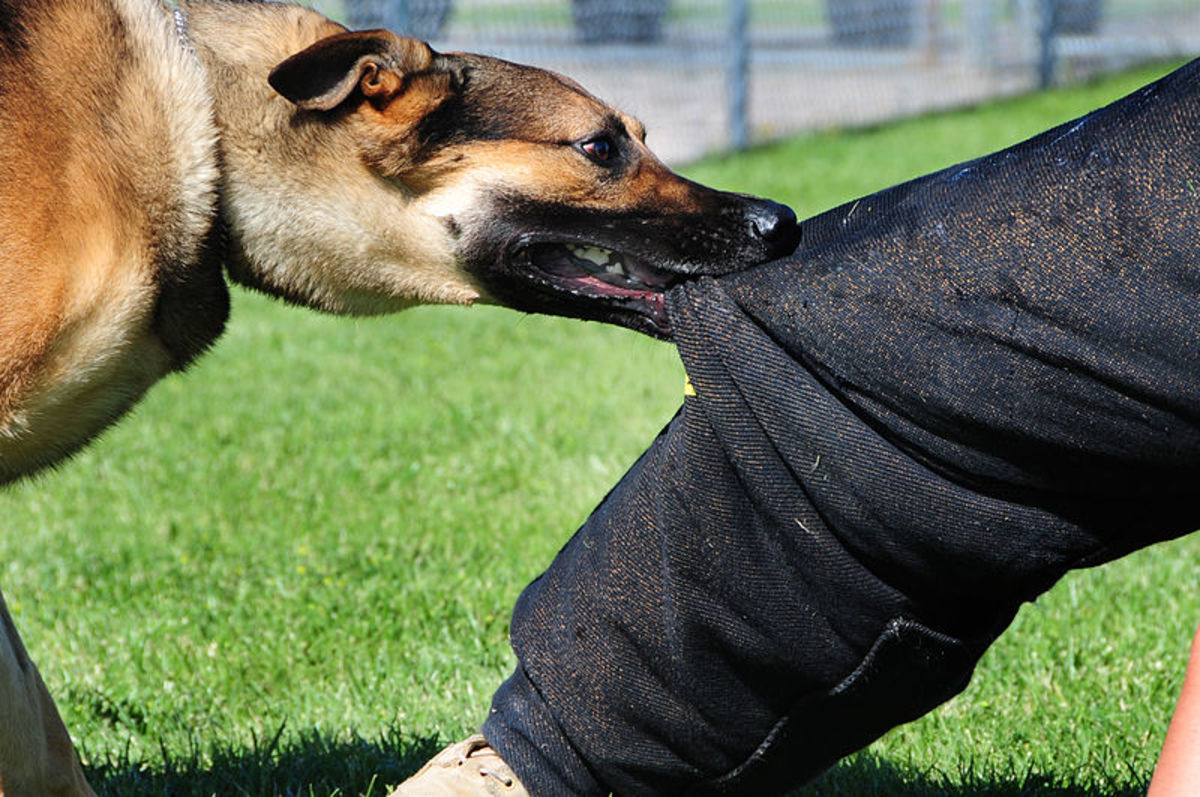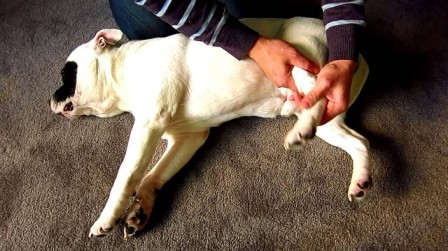Dog skeletal dwarfism
Dog Skeletal Dwarfism. Also known as dwarfism is a genetic condition that causes long bones to stop growing before being fully developed. Disproportionate dwarfism is characterized by one or more body parts being smaller in comparison to overall size. Certain factors that result in dwarfism in dogs include. The result is abnormally short.
 Osteochondrodysplasia Skeletal Dwarfism In Dogs Symptoms Causes Diagnosis Treatment Recovery Management Cost From wagwalking.com
Osteochondrodysplasia Skeletal Dwarfism In Dogs Symptoms Causes Diagnosis Treatment Recovery Management Cost From wagwalking.com
Osteochrondodysplasia or OCD is a kind of skeletal dwarfism in dogs. However a dog with the pituitary dwarf disease can be seen reducing this condition from 5 years. Signs of dwarfism can be hidden just as much as they can be obvious. The name is made up of three terms and refers to developmental anomalies in the bone and cartilage of dogs. Homozygous dogs are all reported to have abnormal skeletons - dwarfism in the sense of front shoulders lower than rear - a sort of bulldog appearance. The skeletal dwarf is not very treatable.
If you have a purebred dog where chondrodysplasia is considered normal such as corgis or basset hounds you wont be surprised by your dogs build but skeletal deformities affect breeds where it is abnormal.
Micromelic achondroplasia is seen in smaller breeds including the Basset Hound Maltese and the Dachshund. Hormone deficiency or hyposomatotropism. Any of these conditions give rise to a dog which suffers from dwarfism. Dogs with skeletal problems may suffer from pain and discomfort based on the severity and nature of deformities. In some dogs the pituitary gland remains under-developed because of disease or damage. Many dogs with skeletal dwarfism live relatively healthy and long lives.
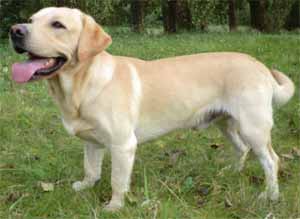 Source: shop.labogen.com
Source: shop.labogen.com
Although dwarfism is most common in the German shepherd dog it has also been reported in the spitz toy pinscher and some Weimaraners. Some dogs often retain their puppy coat while many develop hair loss or hyperpigmentation. Similarly brachycephalic achondroplasia is seen in breeds like the Boxer Boston Terrier and Bulldog. Short legs which are on of typical characteristics of dwarfism are an expected standard in some breeds but in many other breeds are. The condition occurs due to a mutation of the COL11A2 gene which is responsible for the form of skeletal dwarfism called SD2.
 Source: pawprintgenetics.com
Source: pawprintgenetics.com
Osteochondrodysplasia is a hereditary and harmful form of. However a dog with the pituitary dwarf disease can be seen reducing this condition from 5 years. A dog with pituitary dwarfism however can see this condition cut 5 years off theirs. These dogs dont appear deformed or abnormal in any way. Most dogs with a skeletal dwarf live a relatively healthy and long life.
 Source: pawprintgenetics.com
Source: pawprintgenetics.com
Achondroplasia is a form of dwarfism that involves shortening of the bones and cartilage. Chondrodysplastic or achondroplastic dog has a type of skeletal dwarfism called chondrodysplasia or achondroplasia. Skeletal dwarfism also sometimes known as skeletal dysplasia or SD2 for short is a hereditary health condition that affects some dogs of the Labrador retriever breed. The result is abnormally short. Homozygous dogs are all reported to have abnormal skeletons - dwarfism in the sense of front shoulders lower than rear - a sort of bulldog appearance.
 Source: wagwalking.com
Source: wagwalking.com
Skeletal dysplasia 2 SD2 is caused by a mutation in COL11A2 gene and is inherited in an autosomal recessive manner. The obvious sign of a dwarf dog is that they are not only short but have significantly shorter legs and long bodies. Dogs with pituitary dwarfism syndrome have proportionate limbs and a proportionate torso unlike dogs with skeletal dwarfism which causes abnormalities in proportion. Many dogs with skeletal dwarfism live relatively healthy and long lives. Similarly brachycephalic achondroplasia is seen in breeds like the Boxer Boston Terrier and Bulldog.
 Source: animalgenetics.us
Source: animalgenetics.us
Chondrodysplastic or achondroplastic dog has a type of skeletal dwarfism called chondrodysplasia or achondroplasia. The test for the mutation has been developed by Prof. This particular type of dwarfism results in shortened front limbs and a raising dorsal line but does not alter the torso length and depth as with other forms of dwarfism pituitary. Skeletal dwarfism also sometimes known as skeletal dysplasia or SD2 for short is a hereditary health condition that affects some dogs of the Labrador retriever breed. If your dog is suffering from pituitary dwarfism hell remain smaller than the other puppies in his litter.
 Source: laboklin.co.uk
Source: laboklin.co.uk
The canine suffers from sluggish bone growth and malformations as a result of these anomalies. The condition occurs due to a mutation of the COL11A2 gene which is responsible for the form of skeletal dwarfism called SD2. The skeletal dwarf is not very treatable. These dogs dont appear deformed or abnormal in any way. This particular type of dwarfism results in shortened front limbs and a raising dorsal line but does not alter the torso length and depth as with other forms of dwarfism pituitary.
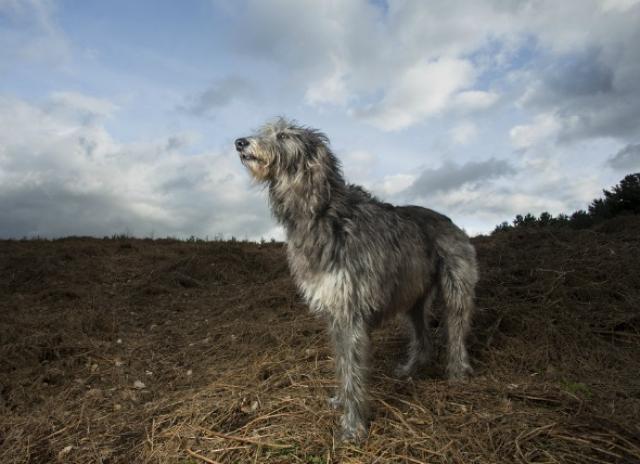 Source: petmd.com
Source: petmd.com
Its severe forms are the most dangerous. Most dogs can manage and treat pituitary dwarfism by giving it back at or near their full lifespan. If your dog is suffering from pituitary dwarfism hell remain smaller than the other puppies in his litter. Some dogs often retain their puppy coat while many develop hair loss or hyperpigmentation. Despite smaller and disproportioned body size no further symptoms seem to occurSkeletal dysplasia 2 is a genetic disease in.
 Source: researchgate.net
Source: researchgate.net
Skeletal dysplasia 2 SD2 is caused by a mutation in COL11A2 gene and is inherited in an autosomal recessive manner. Hormone deficiency or hyposomatotropism. The obvious sign of a dwarf dog is that they are not only short but have significantly shorter legs and long bodies. Osteochondrodysplasia is a hereditary and harmful form of. Some of the complications of osteochondrodysplasia or skeletal dwarfism include arthritis arthrosis retinal dysplasia and back pain.
 Source: sciencedirect.com
Source: sciencedirect.com
It is characterized by disproportion is body parts. Achondroplasia is a form of osteochondrodysplasia in which the bones do not grow to the normal size based on what is expected of the breed. Although dwarfism is most common in the German shepherd dog it has also been reported in the spitz toy pinscher and some Weimaraners. Dwarfism develops when two defective genes are present together. The canine suffers from sluggish bone growth and malformations as a result of these anomalies.
 Source: researchgate.net
Source: researchgate.net
If you have a purebred dog where chondrodysplasia is considered normal such as corgis or basset hounds you wont be surprised by your dogs build but skeletal deformities affect breeds where it is abnormal. Dwarfism develops when two defective genes are present together. Osteochondrodysplasia often shortened to OCD is a type of skeletal dwarfism that can affect dogs and whilst some types of dwarfism arent harmful in and of themselves and are actually breed standard traits for dogs like the Corgi and the Dachshund this is not the case with osteochondrodysplasia. Its severe forms are the most dangerous. The result is abnormally short.
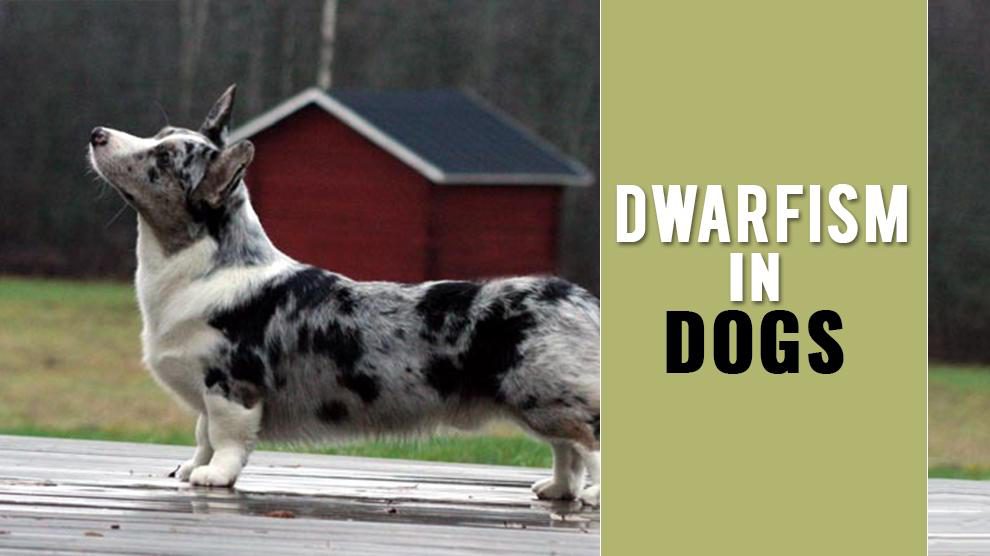 Source: petmoo.com
Source: petmoo.com
The canine suffers from sluggish bone growth and malformations as a result of these anomalies. This obvious sign may look cute but it hides a lot of potentially dangerous deviations such as skeletal defects. If your dog is suffering from pituitary dwarfism hell remain smaller than the other puppies in his litter. Similarly brachycephalic achondroplasia is seen in breeds like the Boxer Boston Terrier and Bulldog. Signs of dwarfism can be hidden just as much as they can be obvious.

In other words drd is recessive for dwarfism. Also known as dwarfism is a genetic condition that causes long bones to stop growing before being fully developed. One or more body parts are smaller in comparison to overall size. A dog with pituitary dwarfism however can see this condition cut 5 years off theirs. Hormone deficiency or hyposomatotropism.
If you find this site good, please support us by sharing this posts to your favorite social media accounts like Facebook, Instagram and so on or you can also bookmark this blog page with the title dog skeletal dwarfism by using Ctrl + D for devices a laptop with a Windows operating system or Command + D for laptops with an Apple operating system. If you use a smartphone, you can also use the drawer menu of the browser you are using. Whether it’s a Windows, Mac, iOS or Android operating system, you will still be able to bookmark this website.

